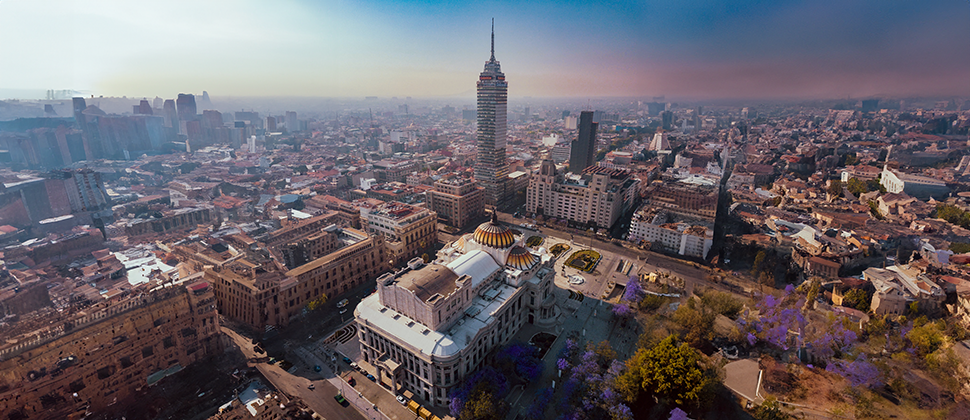What is the process for identifying the zoning of a property in Mexico City?
Understanding the zoning regulations for your property is essential to unlocking its full potential. Knowing these regulations and associated restrictions provides valuable clarity on development possibilities. This not only avoids potential legal issues and fines but also allows you to more effectively plan projects aligned with urban regulations. By having a solid understanding of land use, you can optimize the value of your property, ensuring you make the most of available opportunities and make informed decisions that drive the success of your real estate initiatives.
This article explores the significance of comprehending zoning regulations in Mexico City, a continuously expanding metropolis where it is crucial to grasp how land can be utilized and how regulations shape its development.
What is zoning?
Zoning is defined as the specific occupation of an area, determined by its land management and development potential. This classification is based on location, distinguishing between urban and rural areas. It is an essential component for the development of the city and its residents, influencing the urban structure and defining its functionality. In essence, land use establishes how different areas can be used and developed, allowing us to seek the best solutions for the development of a project.
Types of zoning in Mexico city:
Urban land:
- Residential
- Residential with retail
- Mixed residential
- Equipment
- Industry
- Industry with retail
- Open spaces
Conservation land:
- Ecological restoration
- Ecological preservation
- Rural agroindustrial production
Rural communities and towns:
- Rural housing
- Low-density rural housing
- Rural housing with retail and services
- Rural equipment
How to Identify the Zoning of a Property:
Identifying the zoning of a property has become more accessible thanks to technology and the portal of the Ministry of Urban Development and Housing (SEDUVI). This process is easily and efficiently done online. To begin, access the SEDUVI portal and locate the option for zoning consultation. By entering specific data about your property, such as the address or cadastral code, the portal will provide detailed information about its classification and restrictions. This online method streamlines the process, allowing you to quickly and accurately obtain the necessary information about the zoning of your property, essential for making informed decisions in the development of projects and activities in Mexico City.
Importance of Zoning:
The data provided by SEDUVI is fundamental for planning and developing real estate projects. This information covers various aspects, including the type of zoning assigned to the property, maximum permitted levels, height restrictions, percentage of free area, minimum square meters for housing, permitted density, maximum construction area, and the number of dwellings authorized. Each of these data has a direct impact on the configuration of the property and its viability.
In addition, the portal also provides details on the development regulations applicable to the property, which is key to maximizing its potential. Understanding and applying these rules properly can significantly influence the optimization of the project, ensuring its compliance with urban regulations.
Consequences of not knowing the zoning:
Not knowing the zoning characteristics of your property can have consequences ranging from legal to economic, resulting in fines or the development of a project that does not take advantage of the potential of the land.
Therefore, seeking guidance from a specialized professional is essential. This document, with its regulations and restrictions, can become a labyrinth for those lacking experience in its interpretation. Hiring an expert in the field is essential to maximize the land use of a property.
